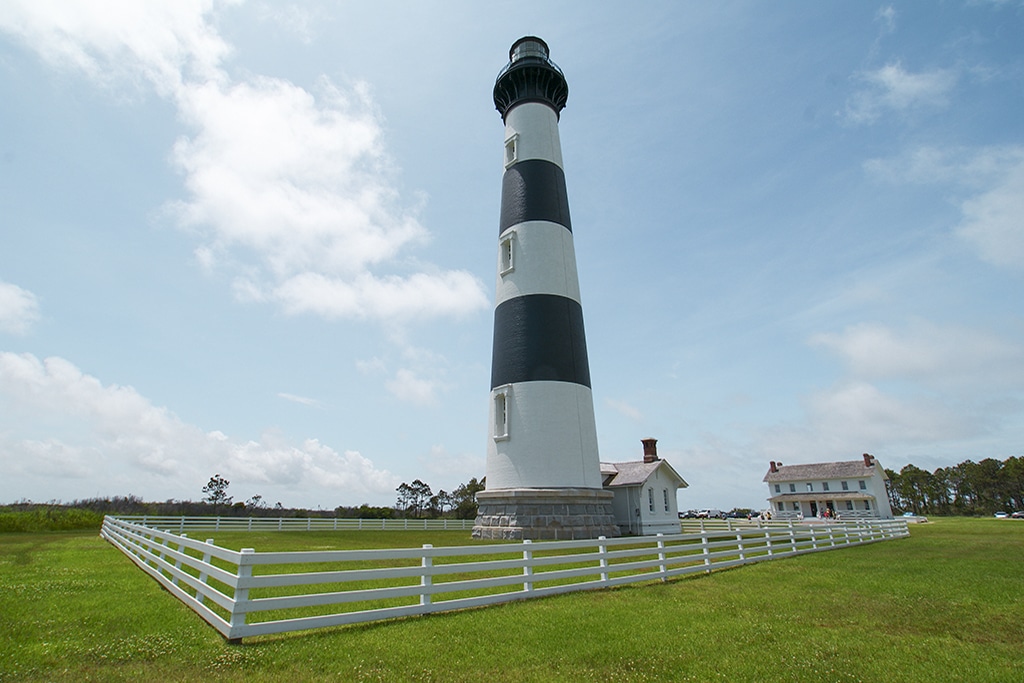Recreational fishermen are often on the losing side of any battle with commercial fishing interests, and none is more pronounced than red snapper in the Gulf of Mexico, which has erupted all the way to the halls of the U.S. Congress. After decades of overfishing that led to strict regulations, the red snapper population has boomed over the last few years—especially west of the Mississippi River—and many locals claim that the Federal catch seasons aren’t keeping pace with reality. With snapper seasons shrinking down to as little as nine days in 2014, the five Gulf states of Texas, Louisiana, Mississippi, Alabama, and Florida have banded together in an effort to counter Federal catch seasons, at least on their state-controlled waters.
The red snapper is a highly sought-after game fish for not only the home kitchen, but also for the menus of fine dining restaurants worldwide, with massive stock depletions first reported in the 1980s. After the Federal catch and season restrictions were put in place in 1997, the season lengths have dramatically dwindled and have allowed the stock to recover to the point where some local anglers report they can now almost “scoop them up with dip nets,” but then have to release them or face massive fines.
Because the red snapper prefers the deep waters of the Gulf of Mexico and near offshore oil platforms beyond the limits of state water boundaries, the Gulf states’ attempt to impose their own lengthened snapper seasons on their home waters are mostly reactionary, but these catches were still counted against the total red snapper catch for the entire Gulf of Mexico—something that infuriated recreational anglers. The argument between the Gulf states and the Federal government even delved into the muddy area of territorial control over offshore waters. However, the united Gulf states’ congressional delegations are where the real game is being played with regard to these federally controlled areas of the Gulf of Mexico.
Louisiana’s Senator David Vitter submitted a bill to Congress in January to grant management authority over red snapper stocks in state and federal waters to the Gulf of Mexico Fishery Management Council made up primarily of local Gulf state representatives. Many argue that this more localized control over the area’s fishing—whether recreational or commercial, and one that plays a huge part of the region’s coastal economy—will be more flexible in determining seasons and catch limits. However, in early May this plan was rejected and it appears that the 2015 red snapper season will be limited to a 10-day season for recreational anglers and 44 days for charter boat operators.
While Texans have to head out a bit further from their coastline than their fellow anglers in Louisiana or elsewhere on the Gulf Coast to hunt the red snapper, everyone agrees that with dwindling fish stocks worldwide, there has to be a happy medium. Proper management and enforcement of catch limits are necessary and vital—no one wants to be the angler to reel in the last red snapper.
By Harlen Leslie , Southern Boating June 2015













